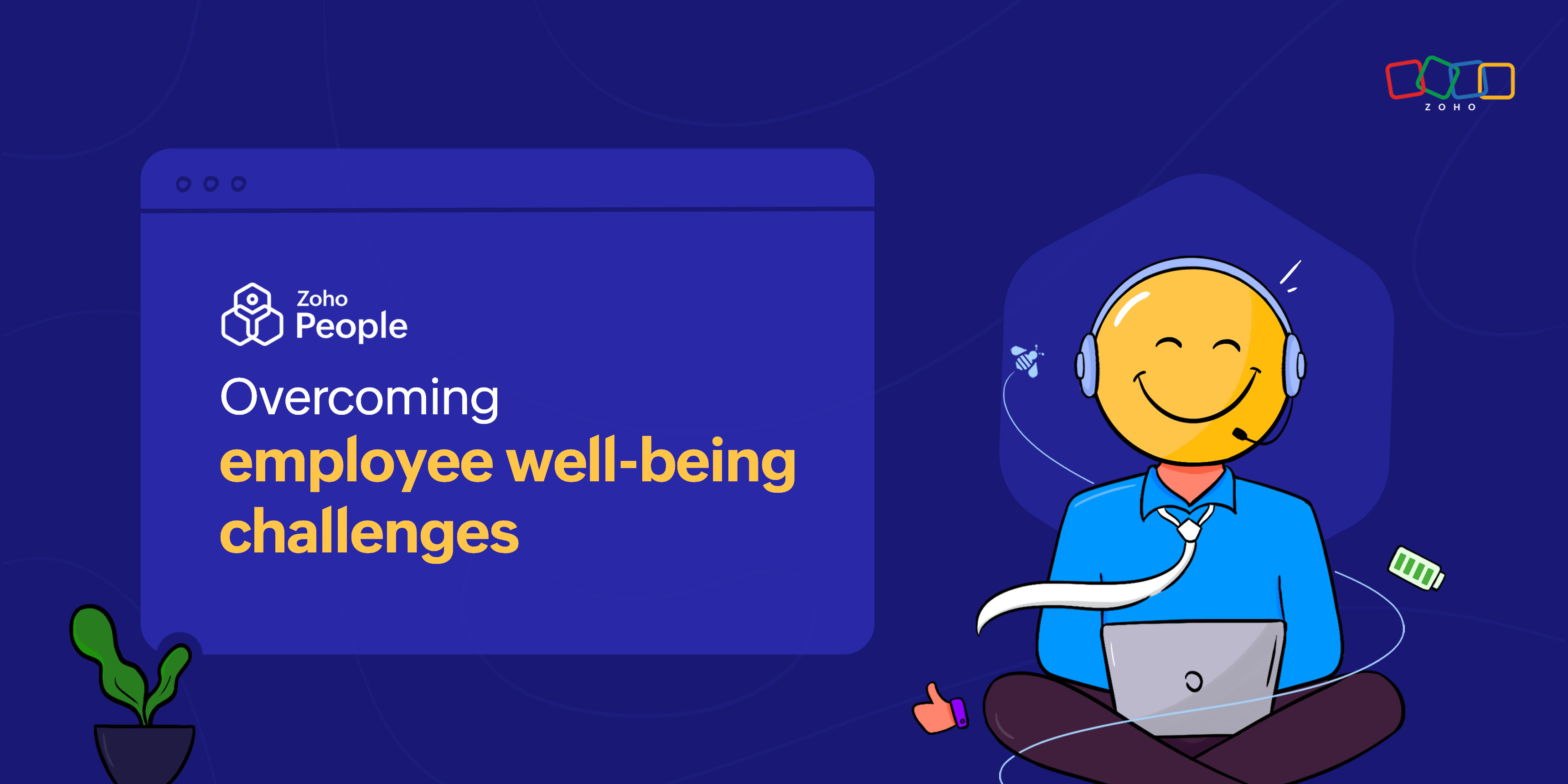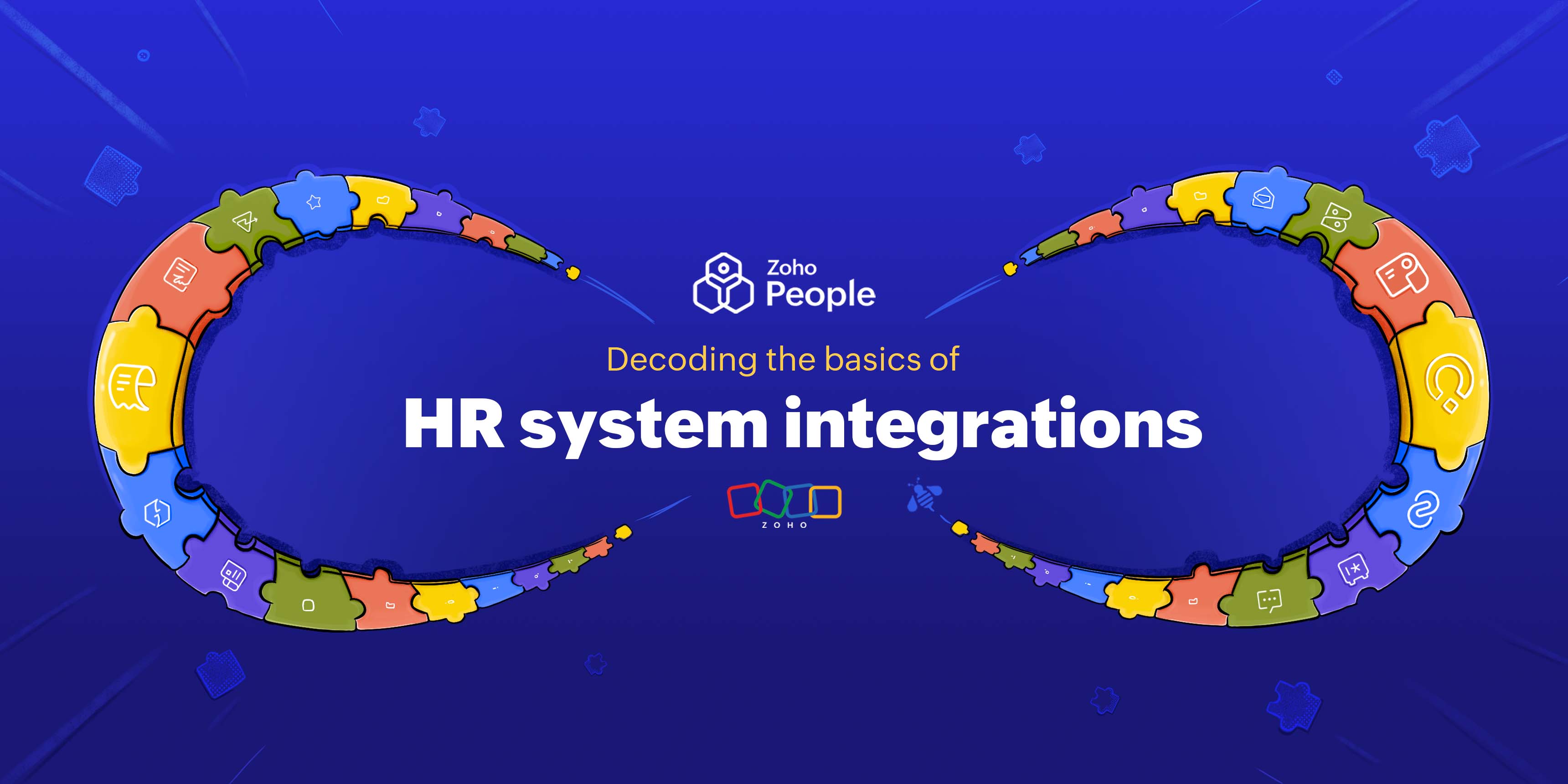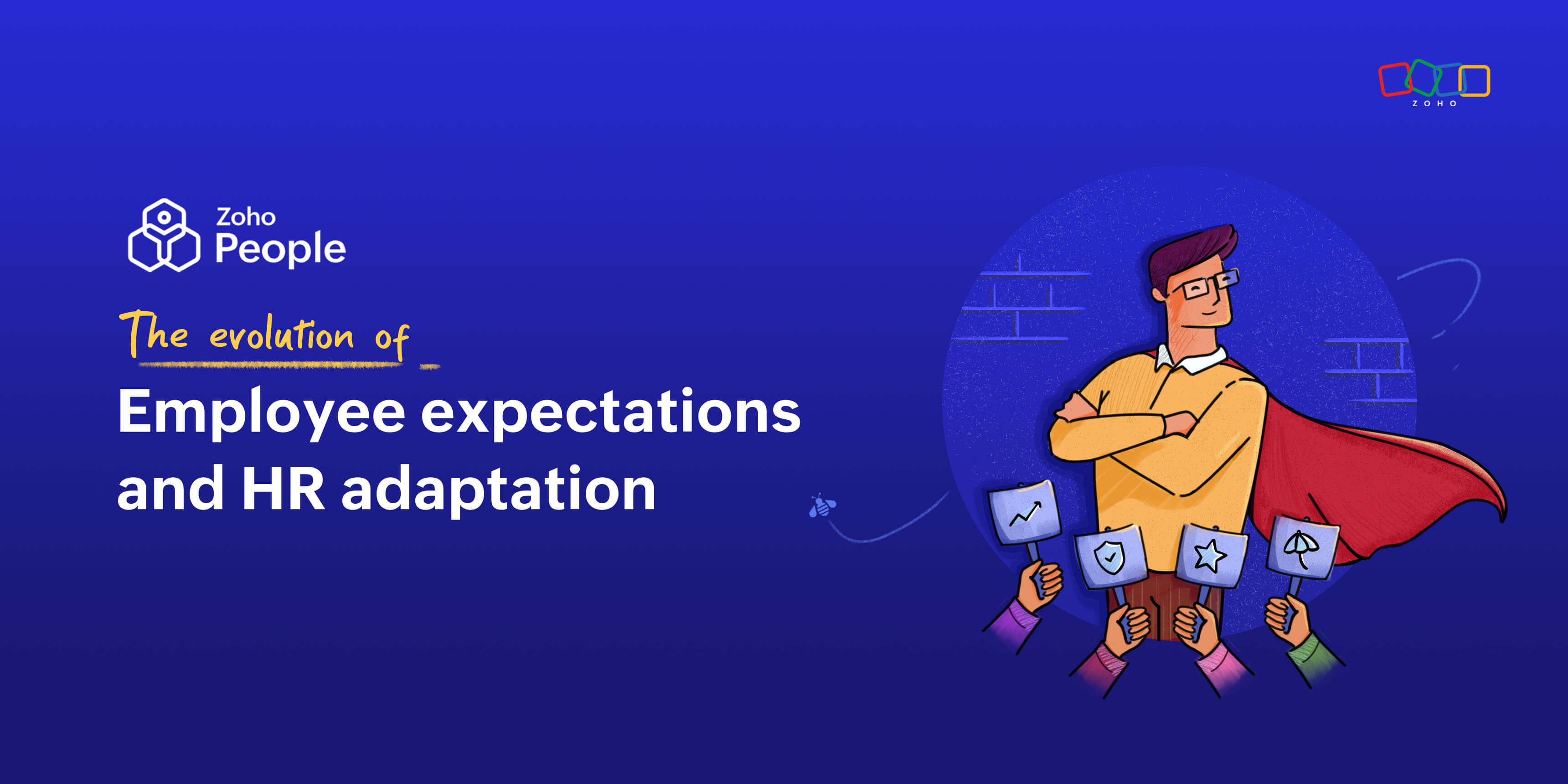- HOME
- HR insights
- 4 challenges associated with improving employee well-being
4 challenges associated with improving employee well-being
- Last Updated : January 2, 2024
- 505 Views
- 3 Min Read

Employee well-being is one of the key workplace aspects that can bring a multitude of benefits to both your organization and its employees. When employees feel supported at their workplace, they tend to be more productive, satisfied, and motivated. Focusing on employee well-being will also prevent employees from getting sick due to burnout or stress, thereby bringing down the number of sick days they may take. With the new year fast approaching, it's good to revisit your existing employee well-being strategies and make positive changes to them. To help your organization assess these strategies, we've listed the top four challenges that hinder employee well-being along with the tips to overcome them.
Challenge 1: Lower acceptance by employees
Employees may be reluctant to enroll in well-being programs for several reasons. Some may not have time because of their workload, and other employees may not understand the benefits associated with your programs. Sometimes, it may not be in line with their preferences and needs. Whatever the reason, when employees don't participate actively, it may hinder the success of your programs.
Solution: While developing your well-being programs, make efforts to get suggestions from your employees and understand their preferences. Once you have your programs ready for execution, make it a point to create awareness among employees and promote the benefits effectively. You could also offer well-being programs in the form of on-demand videos so that employees can view them at their convenience. Have a variety of programs to meet almost all of your employees' expectations.
Challenge 2: Lack of support from leadership
Your employees will never be motivated to participate in your well-being programs if they don't see your leadership team enthusiastic about the benefits. And, without leadership support, there will mostly be no scope to improve these well-being programs or make them sustainable. Sometimes, leadership may not be aware of the benefits that well-being programs can bring to your organization.
Solution: While building your employee well-being programs, ensure that they align well with your organizational goals and what your organization stands for. This is one of the crucial steps towards buying leadership support. Present research reports that show how these programs positively impact employee engagement, productivity, and morale. Before fully launching the well-being programs, try implementing them for a small group of employees to highlight the results.
Challenge 3: Stigma around seeking help for mental health issues
Employees may feel hesitant to participate in mental health-related programs due to the fear of judgment. Especially in a workplace, these individuals may worry that participating in such programs makes them look like they aren't able to manage their issues on their own, or that their challenges would affect their work in some way.
Solution: One of the best ways to help employees overcome the stigma around any kind of well-being initiative is to have your leadership team support it. Encourage them to share their experiences with your well-being initiatives. In addition to this, have managers talk about well-being topics to their team as part of their regular meetings so employees understand that it's okay to discuss them. Create a comfortable and confidential atmosphere that empowers employees to open up.
Challenge 4: Program may not be sustainable
Organizations may put so much effort behind beginning their well-being initiatives but fail to make them sustainable. Lack of employee involvement may be one of the key reasons for this. Or, organizations may not have sufficient time or resources to take this well-being initiative forward.
Solution: As a first step to making your training programs sustainable, you must receive feedback from your employees regularly and implement them, thus improving the programs consistently. While you devise your well-being initiatives, have a long-term perspective and allocate sufficient funds and resources required to keep them going. In addition to this, always have your C-level leadership on the same page as your team when it comes to well-being initiatives.
Wrapping up
By overcoming these challenges, you can build a solid and scalable well-being strategy for your employees and ensure that they remain motivated, engaged, and satisfied. This way, you'll foster a supportive work environment that upholds and improves the physical, mental, and emotional health of its employees!
 Tarika
TarikaContent Specialist at Zoho People


